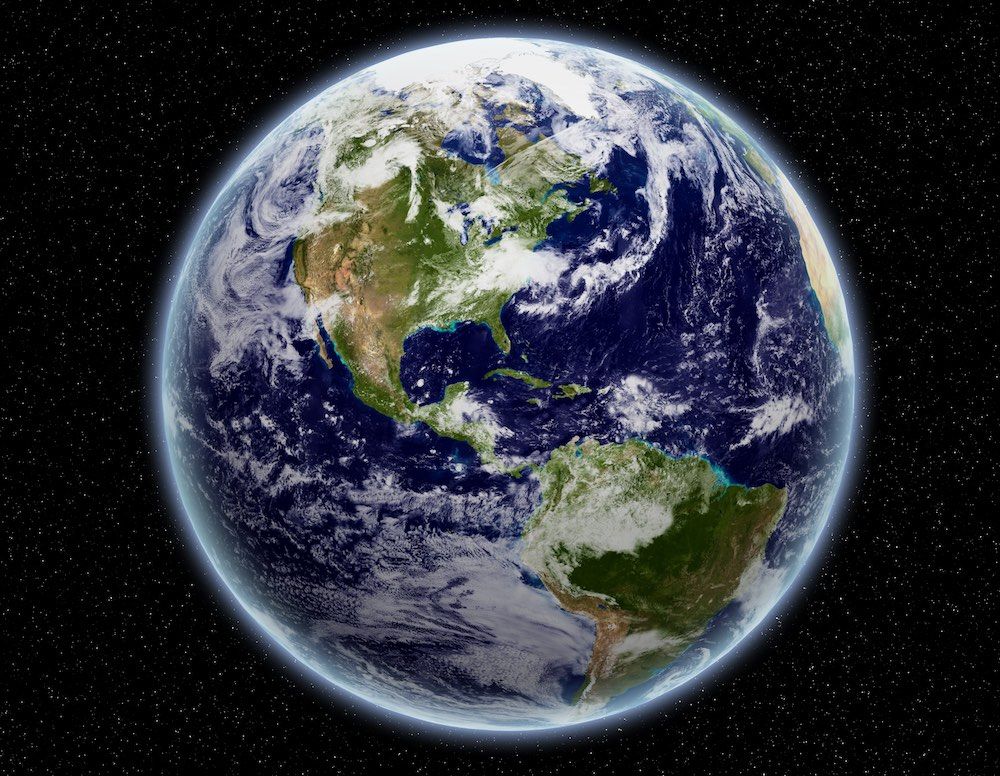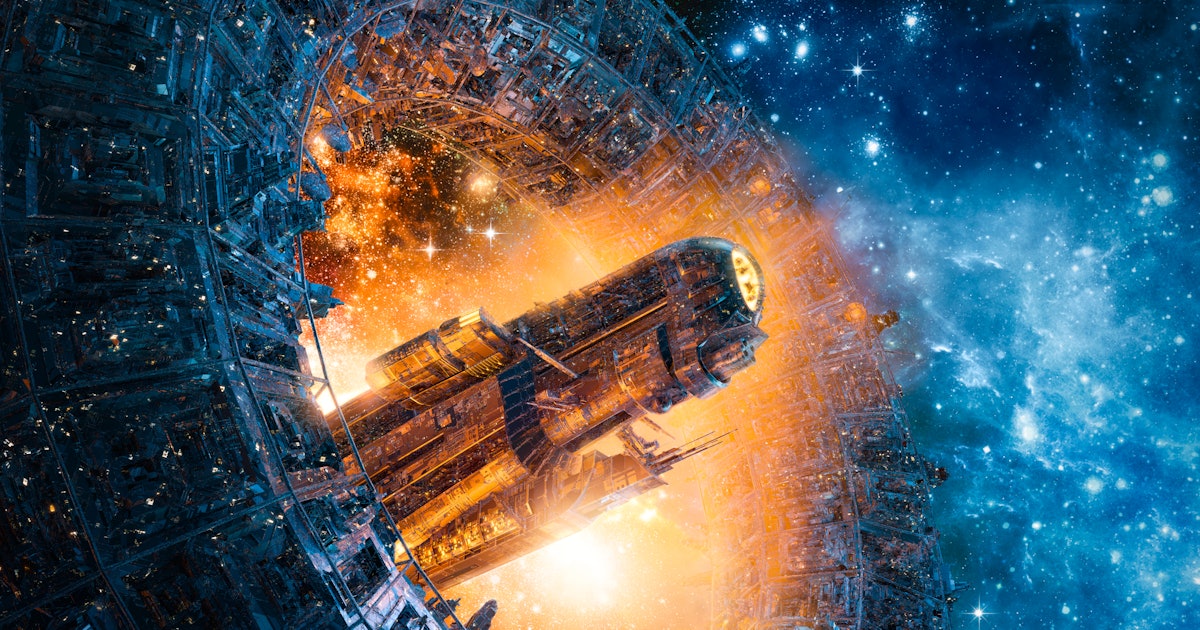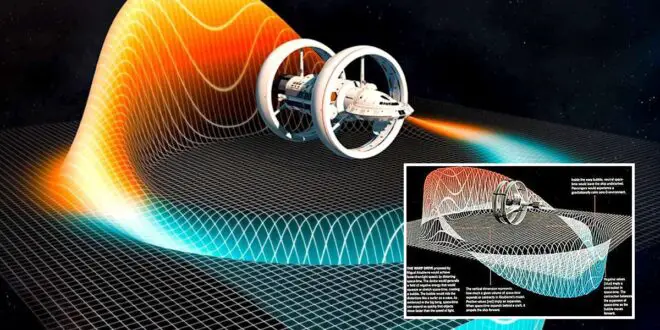- Joined
- Jan 29, 2012
- Messages
- 2,607
- Reaction score
- 531
- Gender
- Male
- Political Leaning
- Other
.You are mistaken, Milankovitch cycles do not include changes in perihelion. Milankovitch cycles pertain to Earth's eccentricity, axial tilt, and precession only.
The reindeer on St. Michael's Island died of starvation because they out grew their environment. That happens in nature. Wolves do the exact same thing. They mark out a territory and as their population grows they begin depleting all of their prey in their territory. Once that happens, then just like the reindeer, they starve to death until their numbers once again reach sustainable levels. It is not a pretty sight, and we do try to mitigate their numbers when possible.
You think eccentricity changes without changing perihelion?
The Earth's orbit slightly changes its eccentricity over the course of 100,000 years from nearly 0 to 0.07 and back again, according to NASA's Earth Observatory. When the Earth's orbit has a higher eccentricity, the planet's surface receives 20 to 30 percent more solar radiation when it's at perihelion (the shortest distance between the Earth and sun each orbit) than when it is at aphelion (the largest distance between the Earth and sun each orbit). When the Earth's orbit has a low eccentricity, there is very little difference in the amount of solar radiation that is received between perihelion and aphelion.

What Are the Milankovitch Cycles?
The Milankovitch Cycles describe how the tilt of the Earth, the shape of its orbit and where its axis is pointing collectively influence climate.
And climate change won't cause human starvation? Yeah right! It is just an open question of how bad it will get. Since I almost certainly will not be here in 50 years it is somewhat academic, unless those clowns on the reincarnation bandwagon are right.




